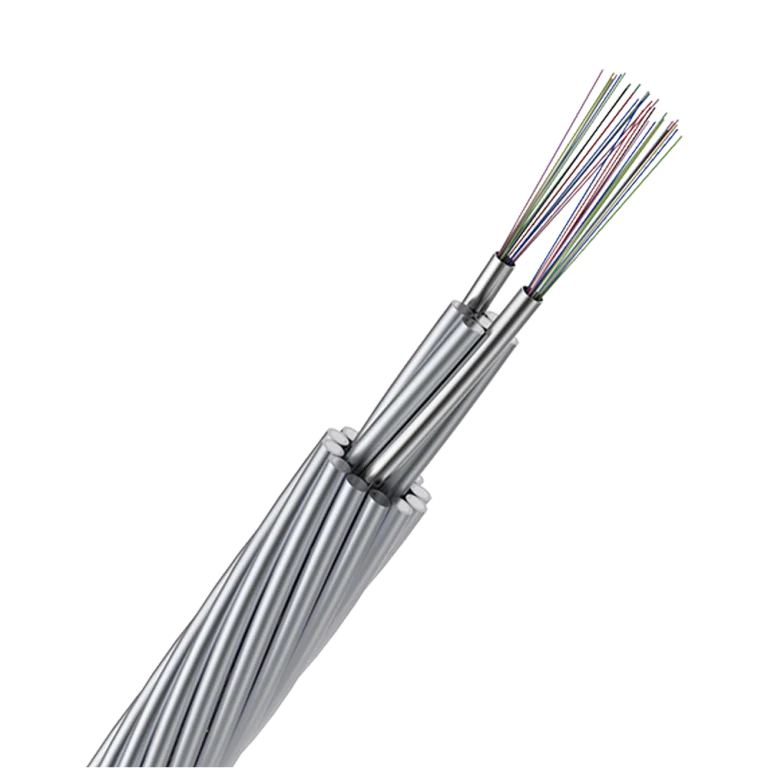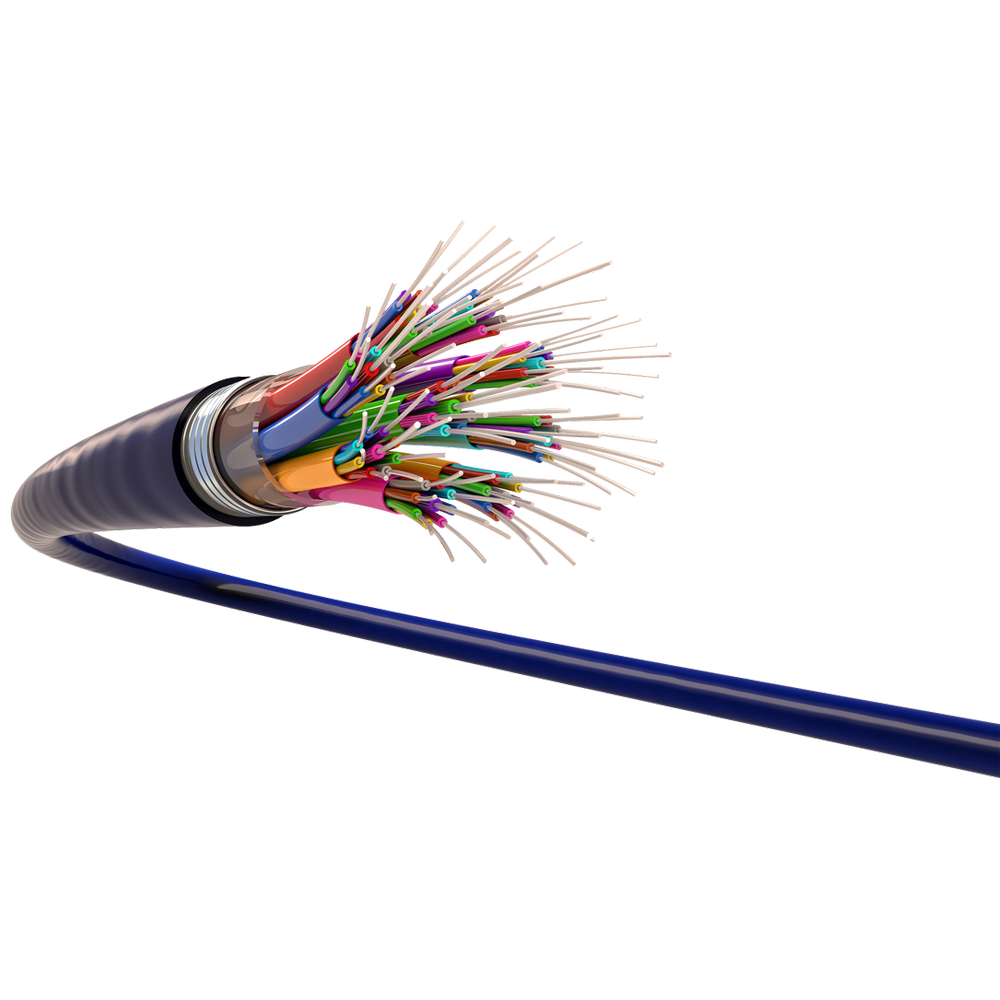Introduction
In an era where high-speed data transmission is critical, optical fiber composite cables have become a cornerstone of telecommunications, broadband networks, and industrial connectivity. These advanced cables integrate optical fibers and electrical conductors into a single, robust structure, offering enhanced performance, durability, and cost efficiency.

Optical fiber composite cables combine fiber optics for data transmission with electrical conductors for power supply in a single cable assembly. This dual functionality eliminates the need for separate power and data lines, simplifying installation and reducing costs.
Common Types of Optical Fiber Composite Cables
Key Features and Benefits
- High-Speed Data Transmission
- Power and Data in One Cable
- Durability and Environmental Resistance
- Cost and Space Efficiency
- High-Speed Data Transmission
- Power and Data in One Cable
- Durability and Environmental Resistance
- Cost and Space Efficiency
Why Choose Optical Fiber Composite Cables?
- Simplified Deployment - Single-cable solution for power and data.
- Enhanced Reliability - Built to withstand extreme conditions.
- Future-Proof Infrastructure - Supports next-gen networks (5G, IoT, smart cities).
- Cost Savings - Reduces trenching, conduit, and maintenance expenses.

Conclusion
Optical fiber composite cables represent a versatile, high-performance solution for modern communication and power distribution needs. By integrating fiber optics with electrical conductors, these cables streamline installations while delivering unmatched speed, durability, and efficiency.

